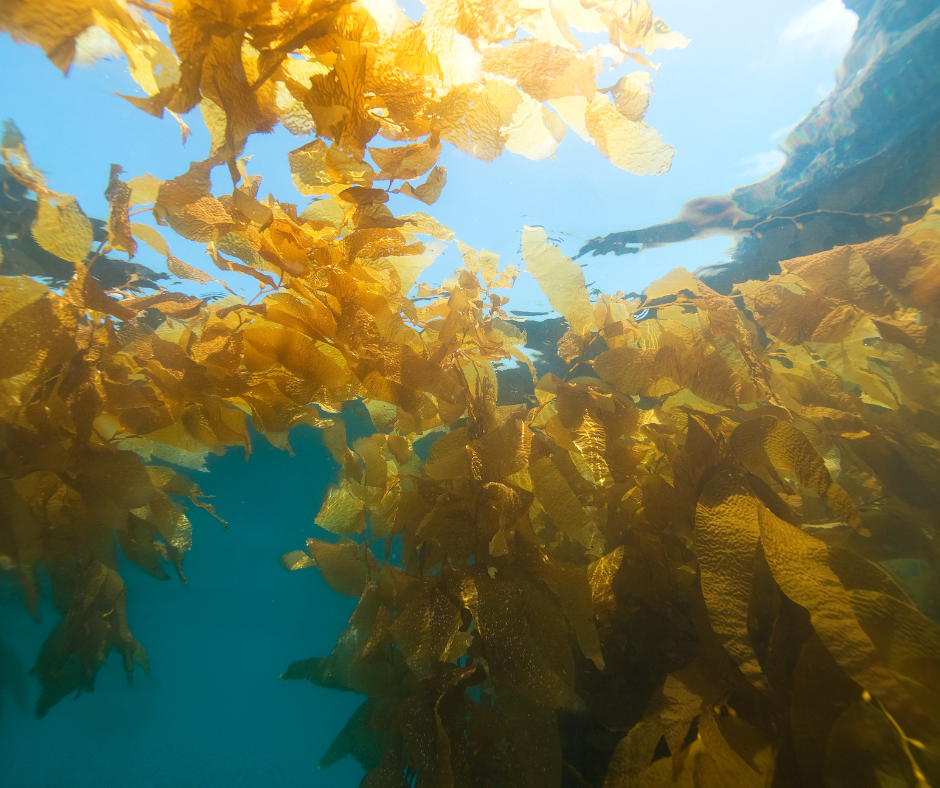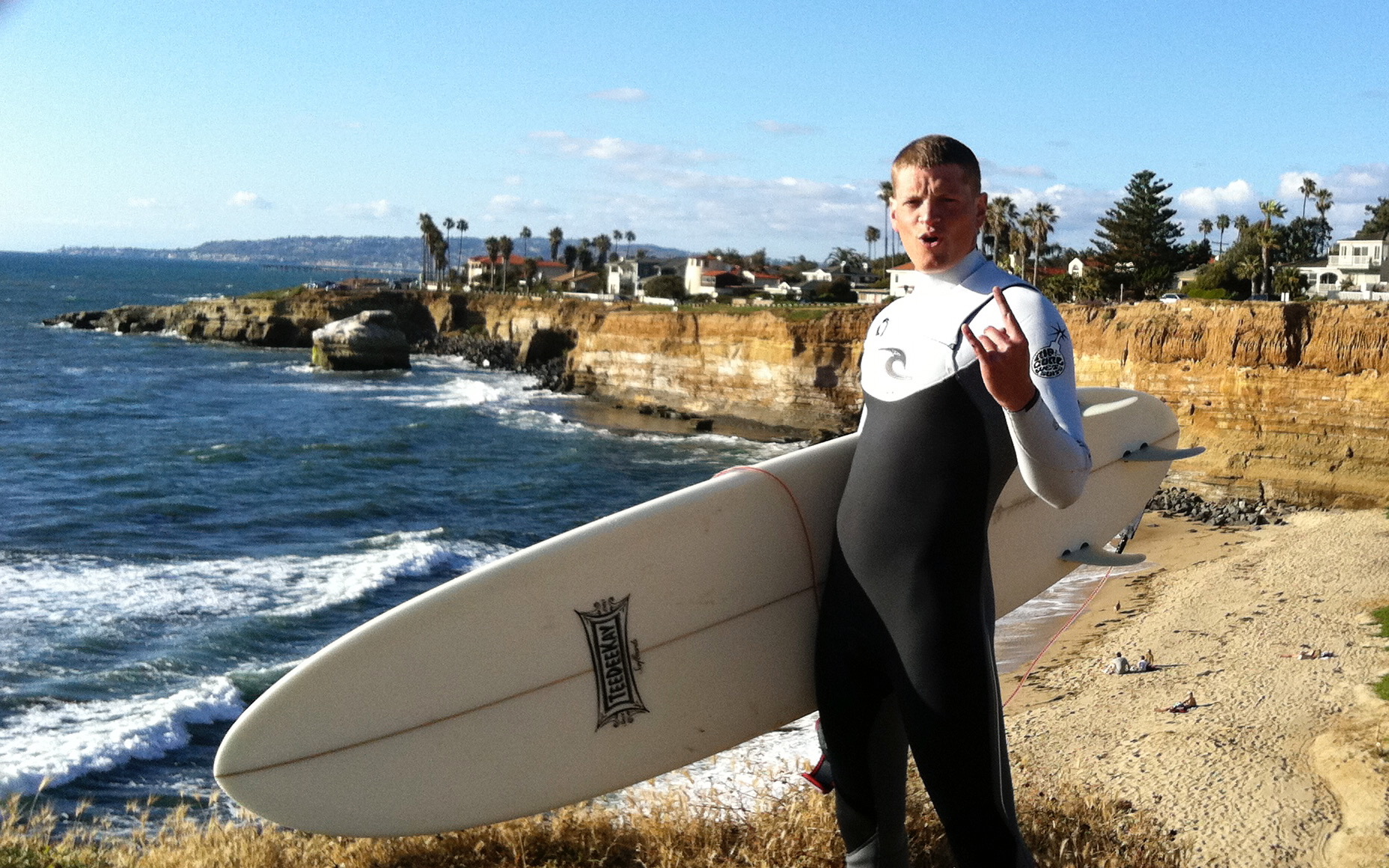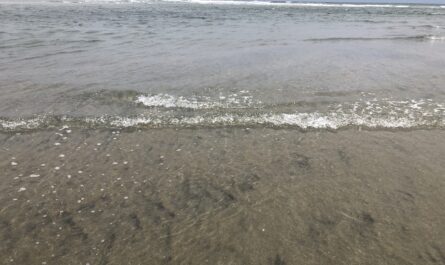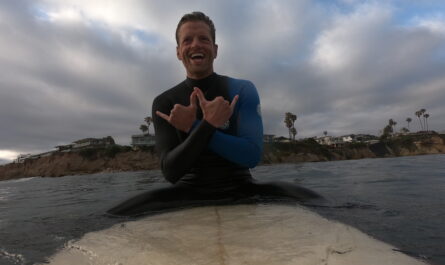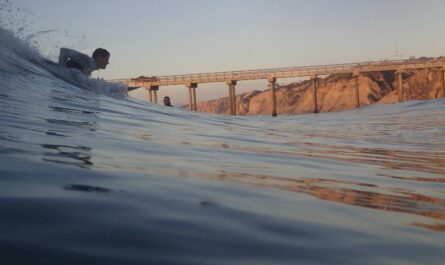If you’ve surfed San Diego, you’ve definitely tangled with it, dodged it, or even face-planted right into it—yep, we’re talking about kelp. It’s part of the local ocean experience here, and while some surfers love what it does for the waves, others get frustrated when it snags their leash. So, does kelp impact surfing in San Diego? Let’s break it down.
What is Kelp?
Kelp is a type of large brown seaweed that grows in massive underwater forests along rocky coastlines. Unlike the slimy seaweed you might find washed up on shore, kelp is sturdy, with thick stalks and broad leaf-like blades. It’s anchored to the seafloor with structures called holdfasts, but it grows upward—sometimes reaching lengths of 100 feet.
In the water, kelp can create dense “forests” that provide shelter for marine life like fish, sea lions, and even leopard sharks. For surfers, though, kelp is both a blessing and a curse—it’s part of the ocean ecosystem that shapes our sessions in subtle (and not-so-subtle) ways.
Why is Kelp Common in San Diego?
San Diego is one of the best spots in the U.S. to find giant kelp forests. Why? A few reasons:
- Rocky Reefs: Kelp needs something solid to anchor to, and San Diego’s coastline is loaded with reefy areas—especially in La Jolla, Point Loma, and along parts of North County.
- Cool, Nutrient-Rich Water: Kelp thrives in cooler waters. Thanks to the California Current and seasonal upwelling, San Diego waters stay nutrient-rich and perfect for kelp growth.
- Sunlight: Clear, shallow coastal waters give kelp the sunlight it needs to photosynthesize and grow fast—sometimes up to two feet a day!
That’s why kelp is such a defining feature of surfing here. From Blacks to Sunset Cliffs, you’ll find it just about everywhere.
How Does Kelp Impact Surfing in San Diego?
Here’s where things get interesting. Surfers in San Diego have a love/hate relationship with kelp:
The Benefits
- Kelp Calms the Surface: Kelp beds act like natural wave filters. They knock down surface chop and make conditions glassier, even when there’s wind. That’s why spots near kelp forests often stay cleaner longer into the day.
- Protects Breaks from Wind: Offshore kelp beds can help dampen wind energy, giving waves a smoother face. It’s like having a natural buffer zone.
The Challenges
- Kelp Snags Your Board and Leash: Nothing kills your flow faster than a clump of kelp wrapping around your fin mid-turn.
- Extra Paddle Resistance: Paddling through a dense kelp bed feels like trying to swim through spaghetti—it slows you down and can make getting outside sets more tiring.
- Falls Are Messier: Wipeouts near kelp beds can mean popping up with seaweed draped all over you. Not dangerous, just annoying.
Pro Tips for Surfing Around Kelp
- Use smaller fins or a raked fin setup to avoid getting stuck.
- Look for kelp-free channels when paddling out—they almost always exist.
- Embrace the glassiness! If you’re surfing near kelp, chances are the waves are smoother than the open lineup.
Best San Diego Surf Spots with Kelp
Want to know where kelp really comes into play? Check out these local favorites:
Cardiff Reef (North County) – A mellow longboard-friendly wave with patches of kelp that smooth out conditions.
Black’s Beach (La Jolla) – Heavy kelp beds offshore keep it glassy even when wind picks up, making this world-class wave even cleaner.
Sunset Cliffs (Point Loma) – Thick kelp beds fringe many of the reef breaks, filtering out chop and giving some of the smoothest faces in San Diego.
La Jolla Reefs (Windansea, Bird Rock) – These spots are famous for their reef setups, and kelp often drifts across the lineups.
Final Take
So, does kelp in San Diego impact surfing? Absolutely—but not all in bad ways. Sure, you’ll curse when it grabs your leash or slows your paddle, but you’ll thank it when the waves stay buttery smooth on an otherwise windy afternoon. Kelp is just part of the deal here—it’s what makes surfing San Diego unique, wild, and worth every paddle-out.
What’s your take on kelp, love it or hate it?


